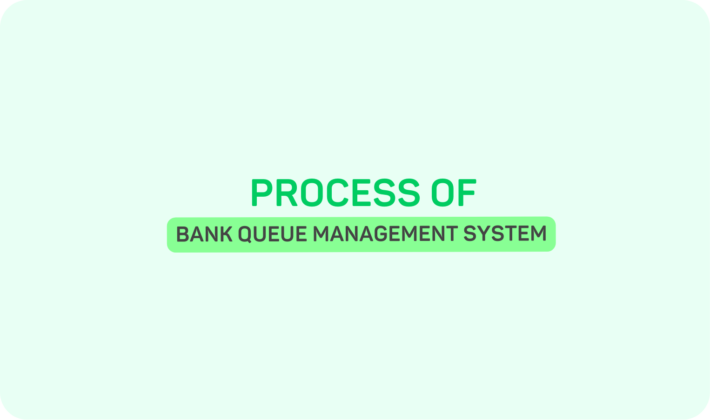7 Benefits of Queue Management Systems in a Bank

In today’s fast-paced banking environment, customer satisfaction is a key priority, and long waiting lines can significantly impact the overall customer experience. A Bank queue management system offer a structured way for banks to manage queues effectively and enhance service delivery. Here’s a look at seven critical benefits of queue management systems in a bank.
1. Reduced Waiting Time
One of the primary advantages of a queue management system is the reduction of customer waiting times. Traditional banking services often suffer from long queues, leading to customer frustration. With a QMS in place, banks can streamline their services by organizing customers according to their needs, ensuring that each person is served in the shortest time possible. By reducing wait times, banks can improve customer satisfaction and increase operational efficiency.
2. Improved Customer Experience
A well-organized queue can greatly enhance the overall customer experience. Banks that implement queue management systems can offer customers the ability to track their position in the queue, receive updates via text messages, and avoid the discomfort of standing in long lines. This level of convenience improves customer perceptions of the bank, making them more likely to return for future services.
3. Enhanced Staff Productivity
Queue management systems also allow banks to monitor customer flow and manage workloads more effectively. With real-time data on customer queues, managers can allocate staff more efficiently to handle peak periods, ensuring that no teller is overwhelmed while others remain idle. This optimized workflow leads to higher staff productivity and reduces the risk of burnout.
4. Better Service Personalization
Banks can use queue management systems to personalize customer interactions. By capturing data on customer preferences and service history, QMS allows bank staff to offer tailored solutions, such as suggesting relevant financial products or services based on the customer’s previous transactions. This personalization fosters a stronger relationship between the bank and its clients through the bank queue management system process, which can lead to greater customer loyalty.
5. Real-Time Monitoring and Reporting
A queue management system offers real-time monitoring capabilities, enabling bank managers to oversee the service process at any given moment. Detailed reports on customer flow, service speed, and staff performance can be generated, providing valuable insights into the bank’s operations. These insights help in identifying bottlenecks, ensuring continuous improvement in service delivery.
6. Minimized Customer Anxiety
Customers tend to feel anxious when they are unsure of how long they will need to wait for service. A queue management system removes this uncertainty by giving clear estimates of waiting times and allowing customers to occupy themselves until their turn arrives. This reassurance helps minimize frustration and creates a more relaxed banking environment.
7. Increased Customer Retention
Ultimately, the cumulative effect of these benefits leads to higher customer retention. When customers enjoy a more efficient, pleasant banking experience, they are more likely to remain loyal to the bank. This customer loyalty not only boosts a bank’s reputation but also leads to long-term profitability.
In conclusion, Every banks need a queue management system. Implementing a queue management system in a bank offers numerous benefits, ranging from enhanced customer satisfaction to improved staff efficiency. With real-time monitoring, personalized service, and reduced waiting times, banks can create a better overall experience for both customers and employees, paving the way for long-term success.




